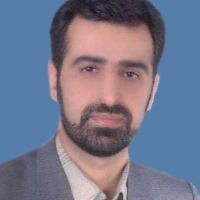Analyzing the Components of Cohesion in Surah al-Naba' Based on Halliday's Textual Metafunction Model
A linguistic perspective on the Noble Qur'an opens new horizons in Qur'anic Studies. The theories of Michael Halliday, a prominent figure in functional linguistics, have garnered significant attention from many linguists today. Halliday identifies three primary metafunctions within language: the ideational, the interpersonal, and the textual, which correspond to organizing three layers of meaning. This study, using a descriptive-analytical method, revisits the discourse analysis of Chapter 78 [Surah al-Naba'] within the framework of Halliday's Textual Metafunction Theory. By examining the thematic and information structures of Chapter 78 [Surah al-Naba'] and understanding the techniques for creating cohesion, we found that the discourse in this Chapter [Surah] is structured around a question-and-answer format. Various components contribute to the cohesion of its content, and the use of these cohesive techniques—whether grammatical, lexical, or semantic—varies. The first and most important factor in textual unity and cohesion within this Chapter [Surah] is its lexical and linguistic elements, with repetition, in its various forms, having the highest frequency.
-
Pathology of Quran's Translators Functions in Translating of the Conjunctions According to Conjuction Cohesion (Case Study: Fouladvand, Khorramshahi and Makarem Shirazi)
Seyed Mahdi Hosseini *, Seyed Hossein Seyedi
Translation Researches in the Arabic Language And Literature, -
A Comparative Study of the Linguistic Perspectives of Two Contemporary Arab Grammarians: A Methodological Criticism Maedeh Bigom Shirazi
Maedeh Bigom Shirazi, Seyed Hossein Seyedi *, Ahmadreza Heidarian Shahri
Journal of Linguistics & Khorasan Dialects,



